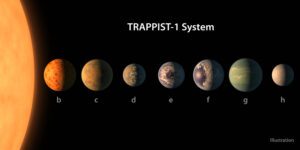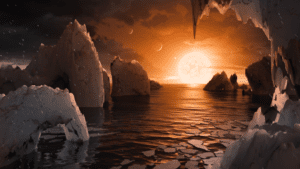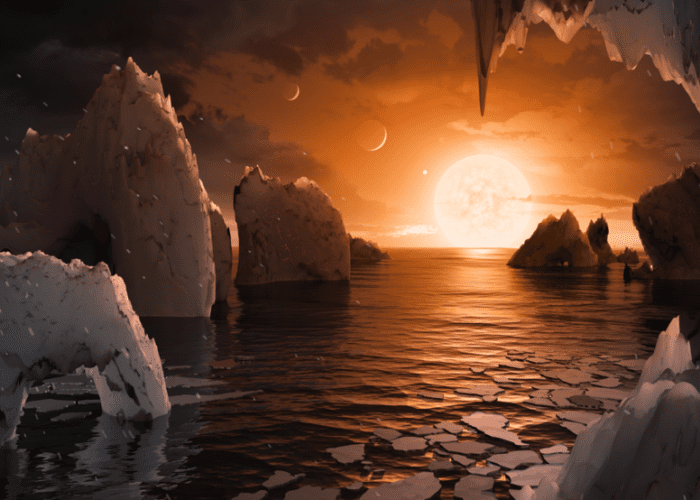
Seven planets which may be habitable have been discovered in a solar system 40 light-years from Earth in a scientific breakthrough made possible by a telescope owned and operated by Liverpool John Moores University.
A team of astronomers from across the world worked on the project which revealed that the planets in what has been named the Trappist-1 system are Earth-sized.
Research, which was published in Nature – the international weekly journal of science – was led by the Star Institute at the University of Liege, using the NASA Spitzer Space Telescope in addition to the Liverpool Telescope, belonging to LJMU’s Astrophysics Research Institute (ARI).
YouTube: IACVideos
The Liverpool Telescope is one of the largest and most advanced fully robotic telescopes in the world. It is mainly used for professional astronomical research, although part of its observational time is devoted to educational projects in Spain.
Dr Chris Copperwheat, a co-author on the paper, and a member of the ARI, told JMU Journalism about the role of the Liverpool Telescope.

He said: “It is exciting that LJMU is at the forefront of the search for other earths and the search for other life in the universe. The ARI was so pleased to be a part of this ground-breaking research.
“The discovery of multiple rocky planets with surface temperatures which allow for liquid water make this amazing system an exciting future target in the search for life.
“As a robotic telescope and the largest in the world, the Liverpool Telescope is very sensitive to the small, less than one per cent dips in brightness through which the planets are discovered. It’s all automated, it’s flexible and fast, and so is ideal for this sort of time critical work.
“Supporting the orbiting NASA Spitzer Space Telescope observing schedule, often at very short notice, is a simple task for astronomers who can use our telescope from anywhere in the world.”
The next phase of research has already started to hunt for key gases like oxygen and methane which could provide evidence about whatever is happening on the surface of these planets.

